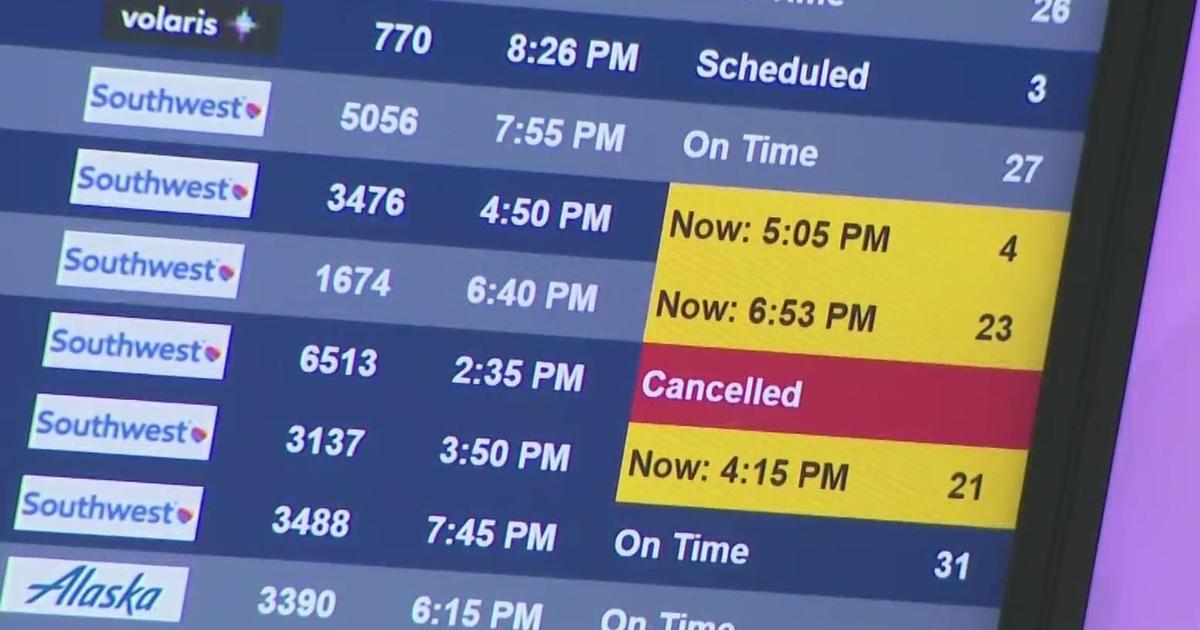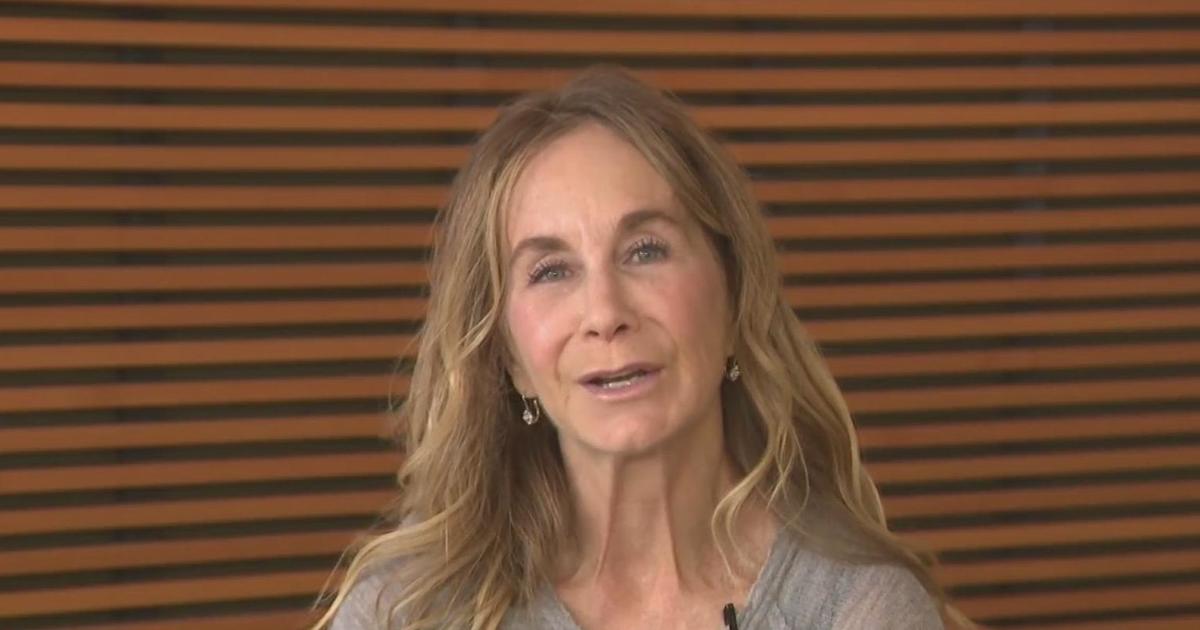NASA Technology to Reduce Long Tarmac Delays, Fuel Burn on Airport Runways
MOUNTAIN VIEW (KPIX) -- The nation's 27 busiest airports including SFO are set to start using new software developed at NASA Ames Research Center that will vastly reduce "fuel burn" by eliminating the need for commercial jets to wait in line before takeoff.
Dubbed "Airspace Technology Demonstration 2" or ATD-2, the software coordinates the schedule of arriving and departing flights in conjunction with surface traffic, instantly sharing the integrated schedule with all the various traffic controllers.
ATD-2 allows the controllers to schedule precisely when the passenger jets should "pushback" from the gate and continue on unimpeded.
"You're going to pushback from the gate. There's not going to be any stopping all the way to the end of the runway and all the way to its cruising altitude," explained NASA Administrator Bill Nelson.
"We hold the aircraft at the gate with engines off. And that reduces fuel burn and reduces CO2 emissions," said Jeremy Coupe, the deputy chief engineer who helped develop the software.
On average, commercial jetliners burn 25 gallons of fuel per minute, while queued up along the runway, waiting to takeoff.
ATD-2 has undergone field testing at Charlotte Douglas International Airport since 2017, operating just several hours a day. The average "hold time" at the gate is about 5 1/2 minutes, according to Coupe, which adds up over time.
"At Charlotte, over a four-year period, we saved about seven million pounds of fuel. So that's a significant amount of savings to the airlines," said Coupe.
What's more, the jets are placed on hold typically wait at the gate with the cabin doors open, giving tardy passengers a few precious minutes to board.
"We use that time to keep the doors open, to connect additional passengers and additional baggage. And just makes for a much more enjoyable experience for the passenger," said Coupe.
SFO is set to receive the new software package in the first round of implementation. Mineta San Jose International, and Oakland International, will receive the upgrade in the second round. The exact timing is uncertain, since the pandemic has delayed deployment. The latest updates can be found on the FAA website.
According to NASA's calculations, the seven million pounds of fuel saved in Charlotte amounted to 23 million pounds of CO2 emissions, which is the equivalent of planting 172,000 trees.
"NASA does research that helps people. It actually helps life on Earth," said Pam Melroy, NASA Deputy Administrator.



